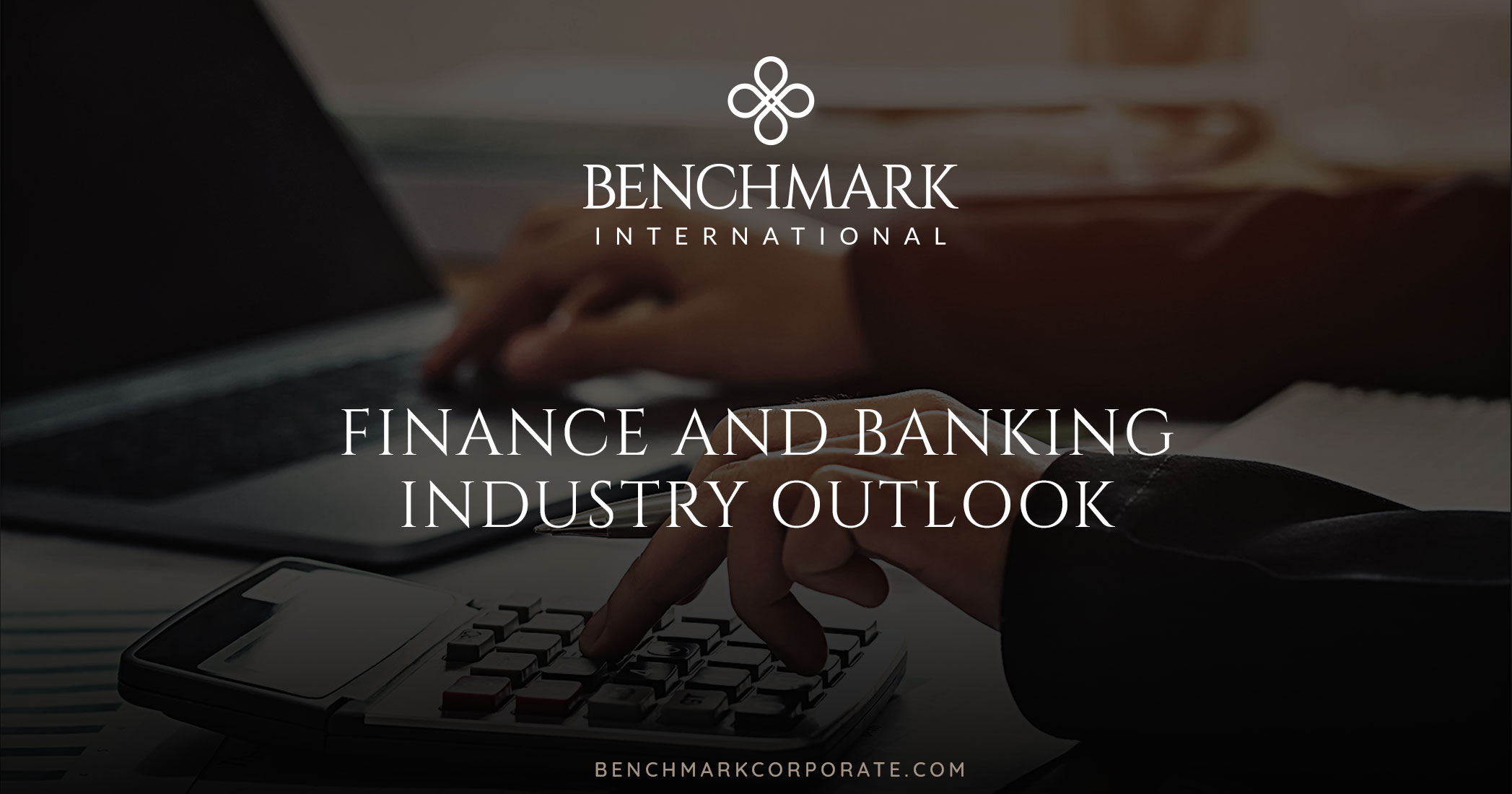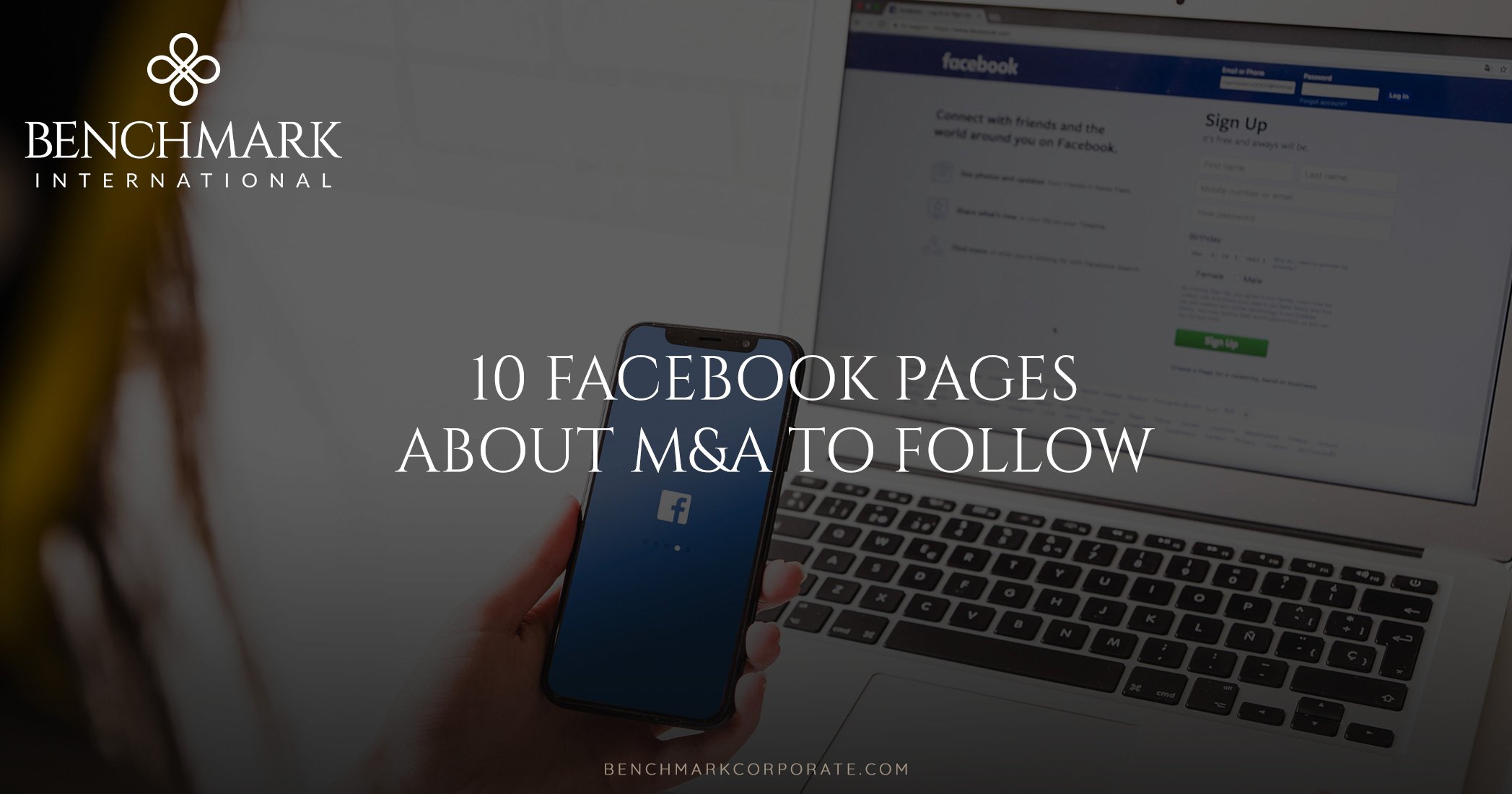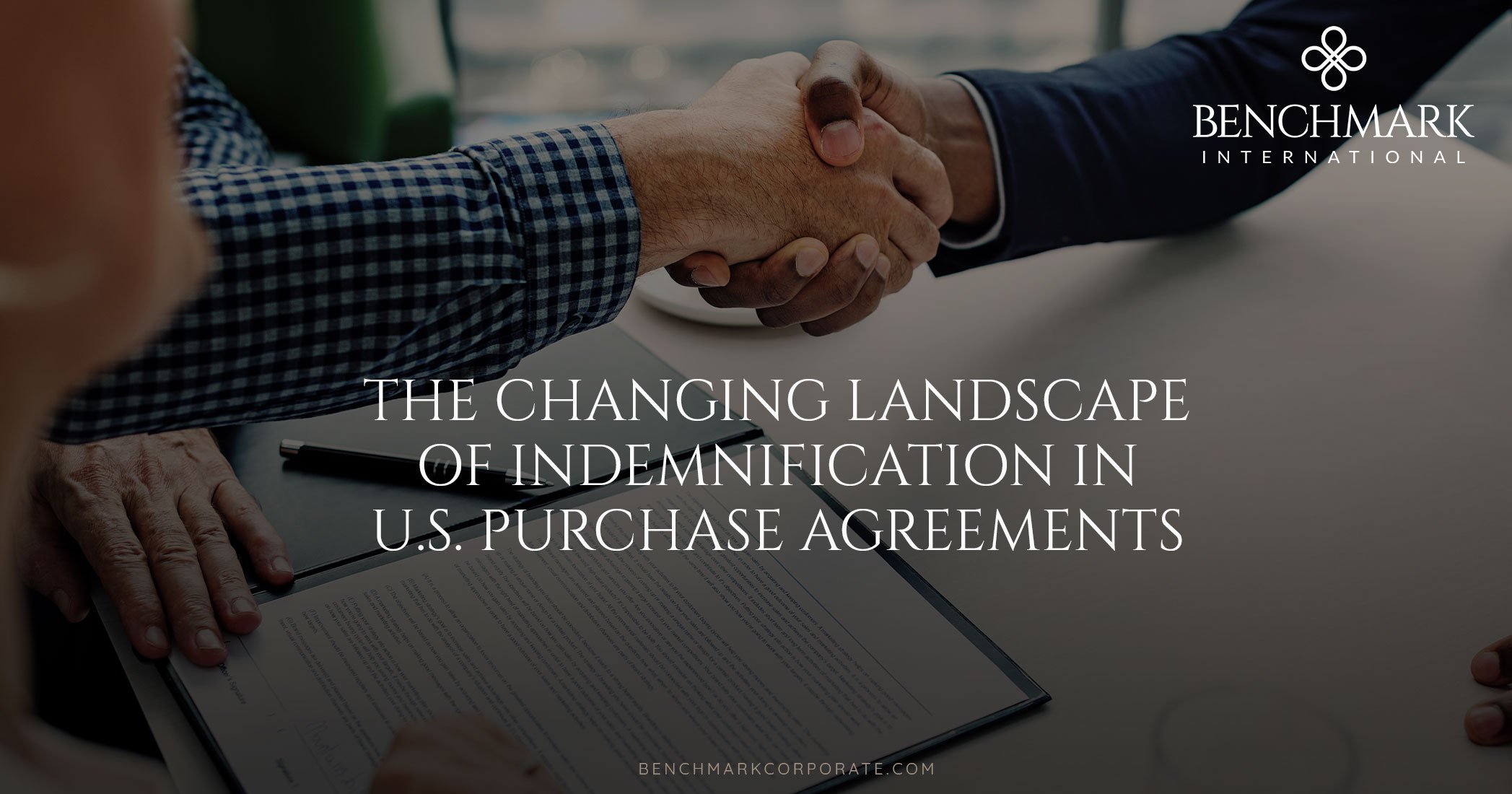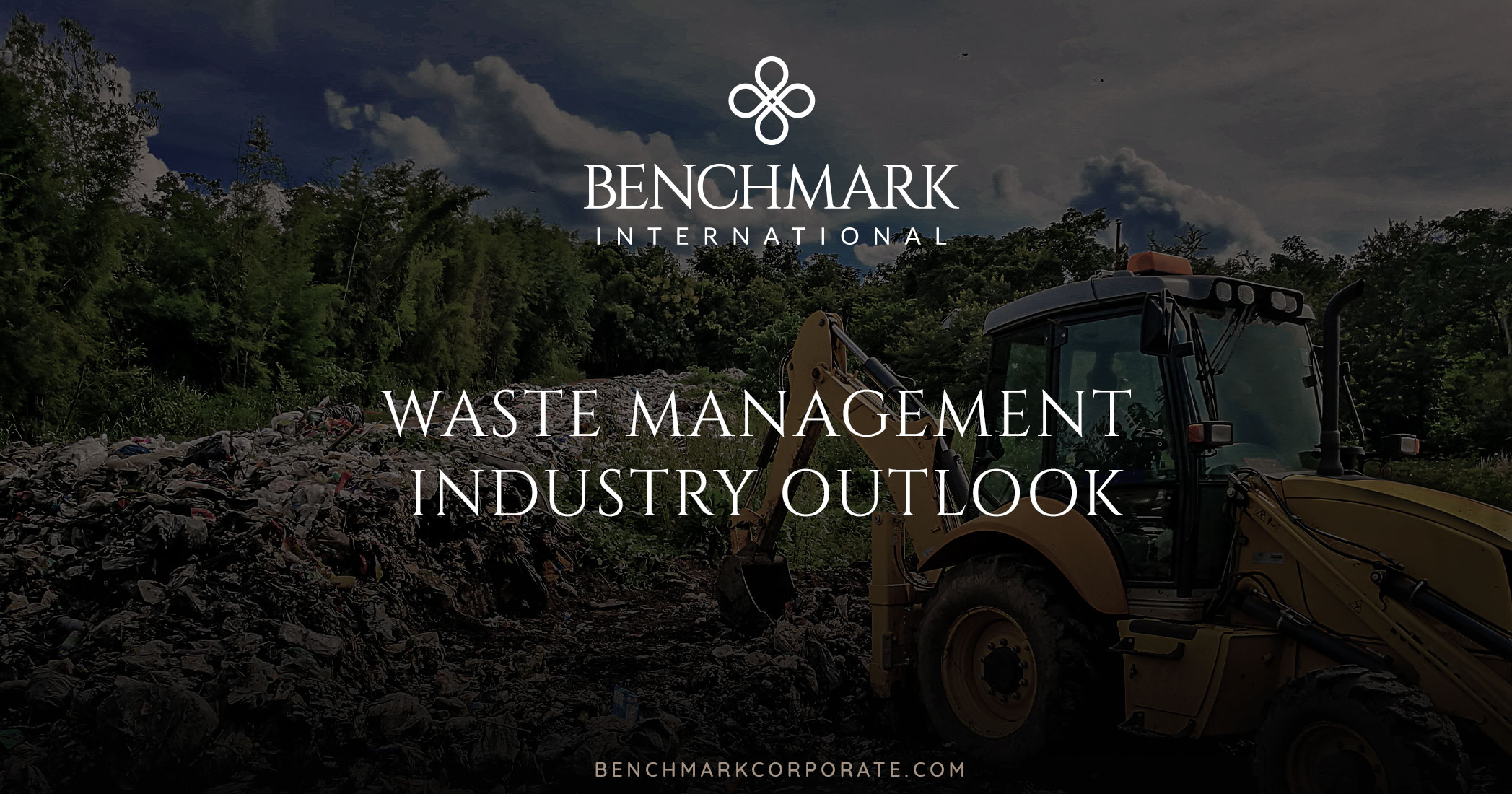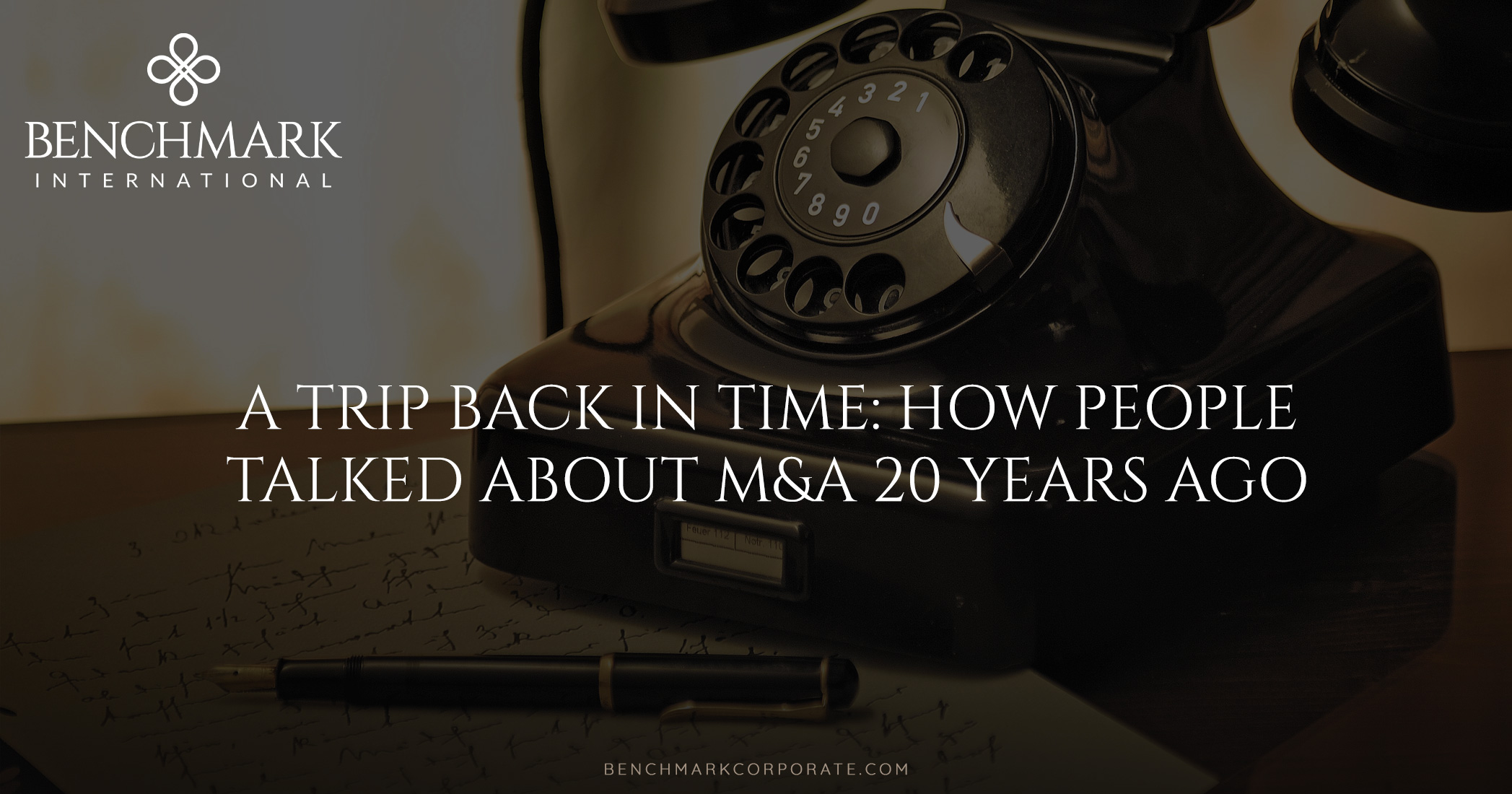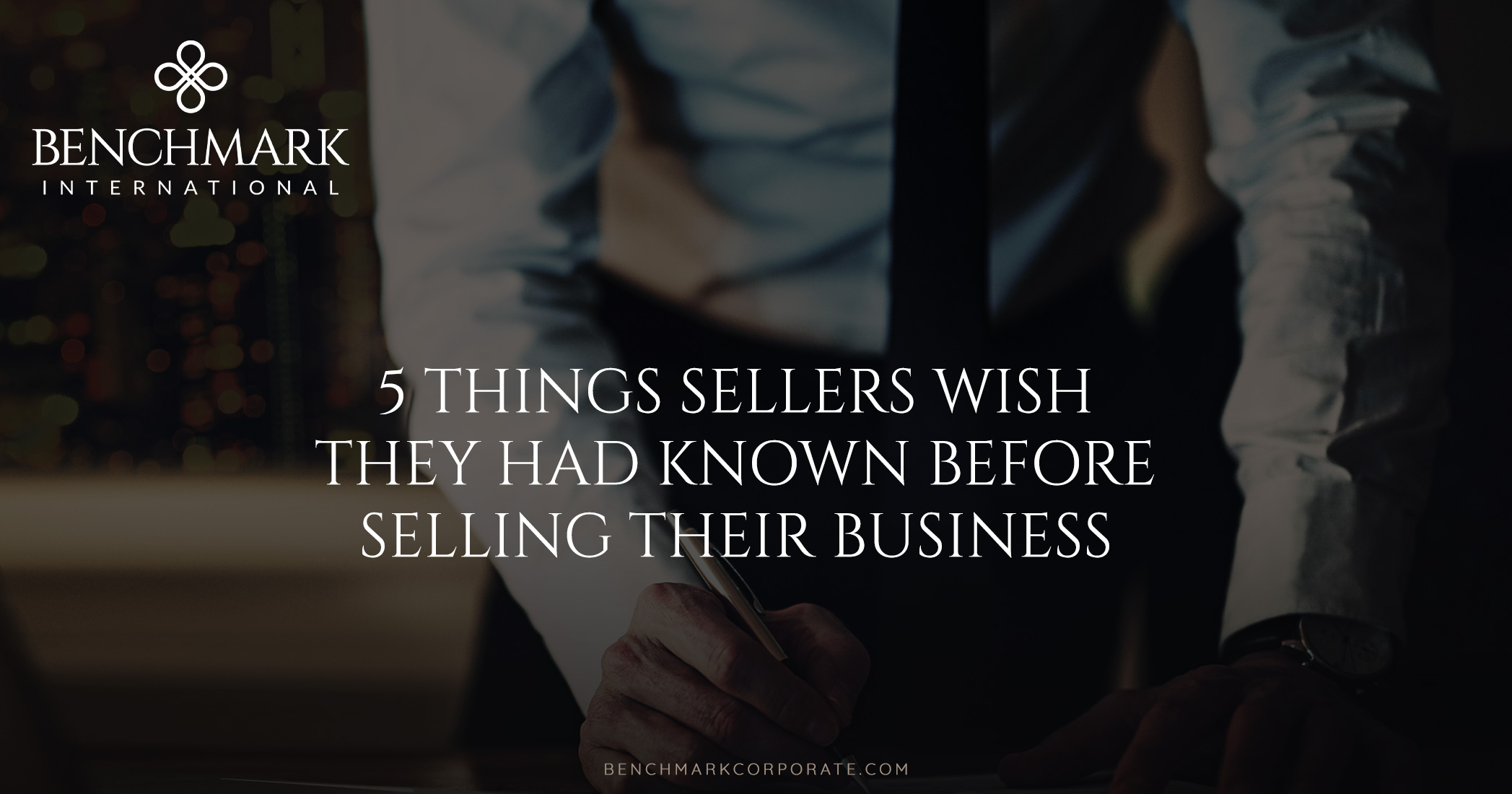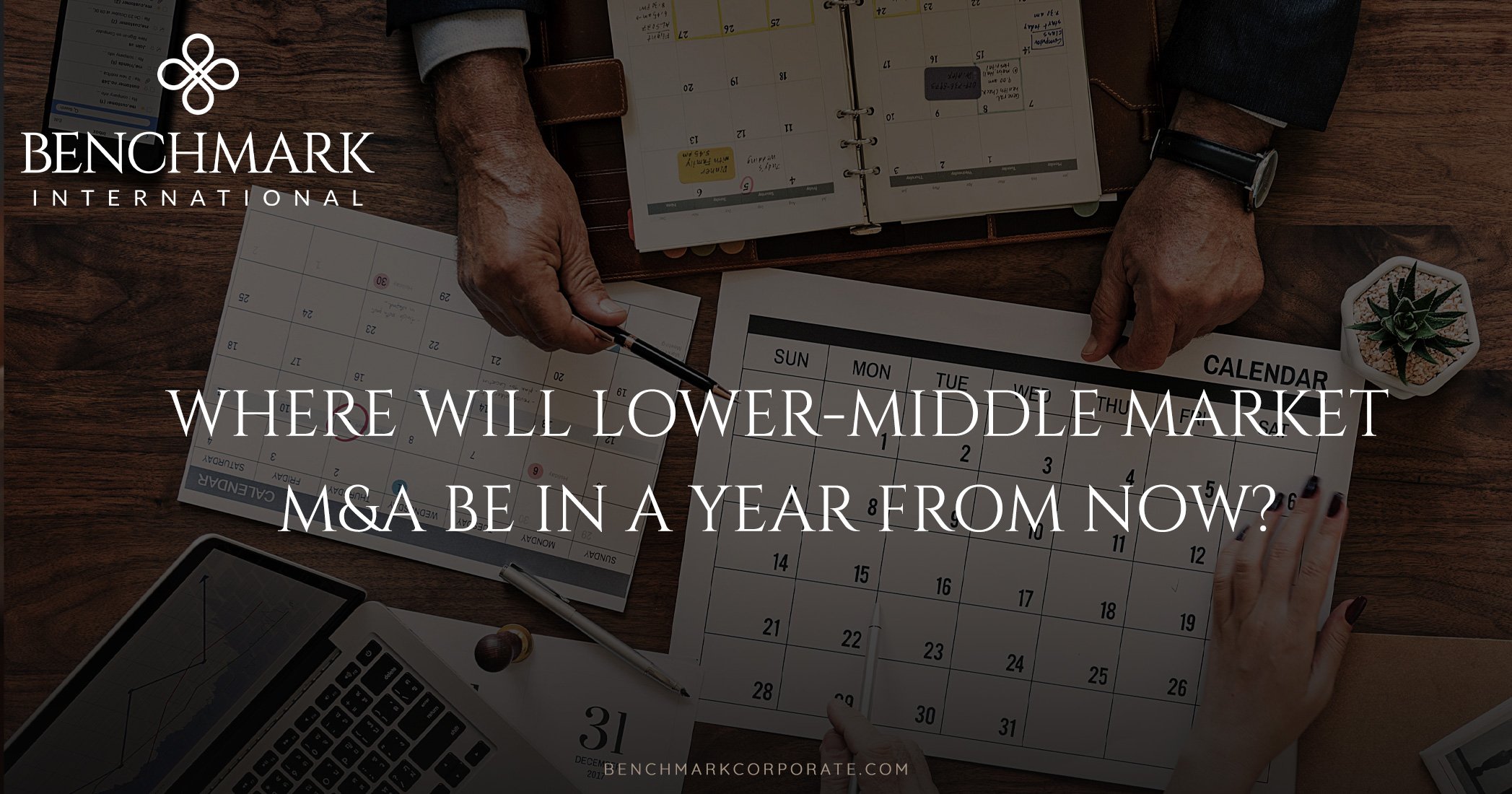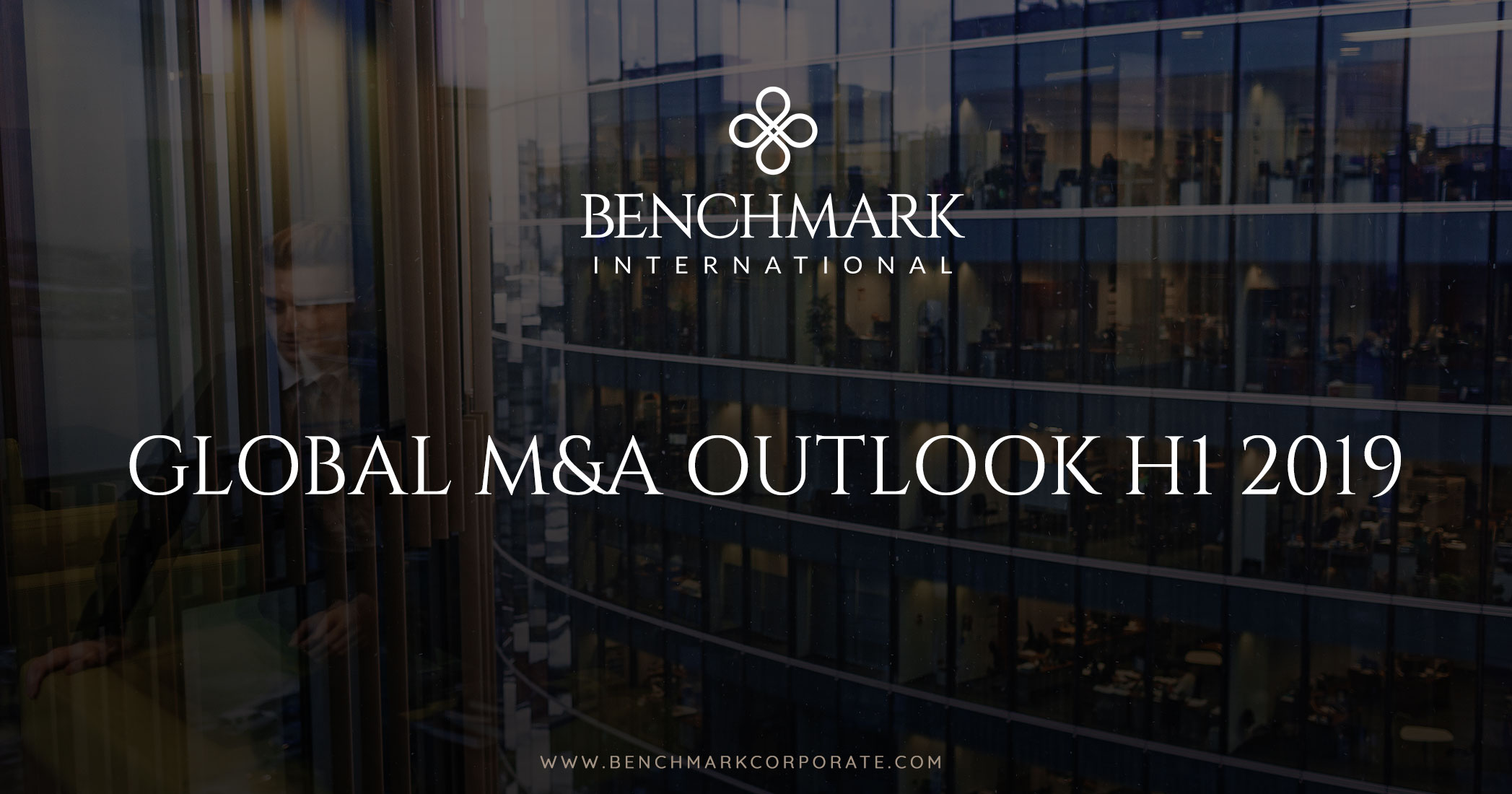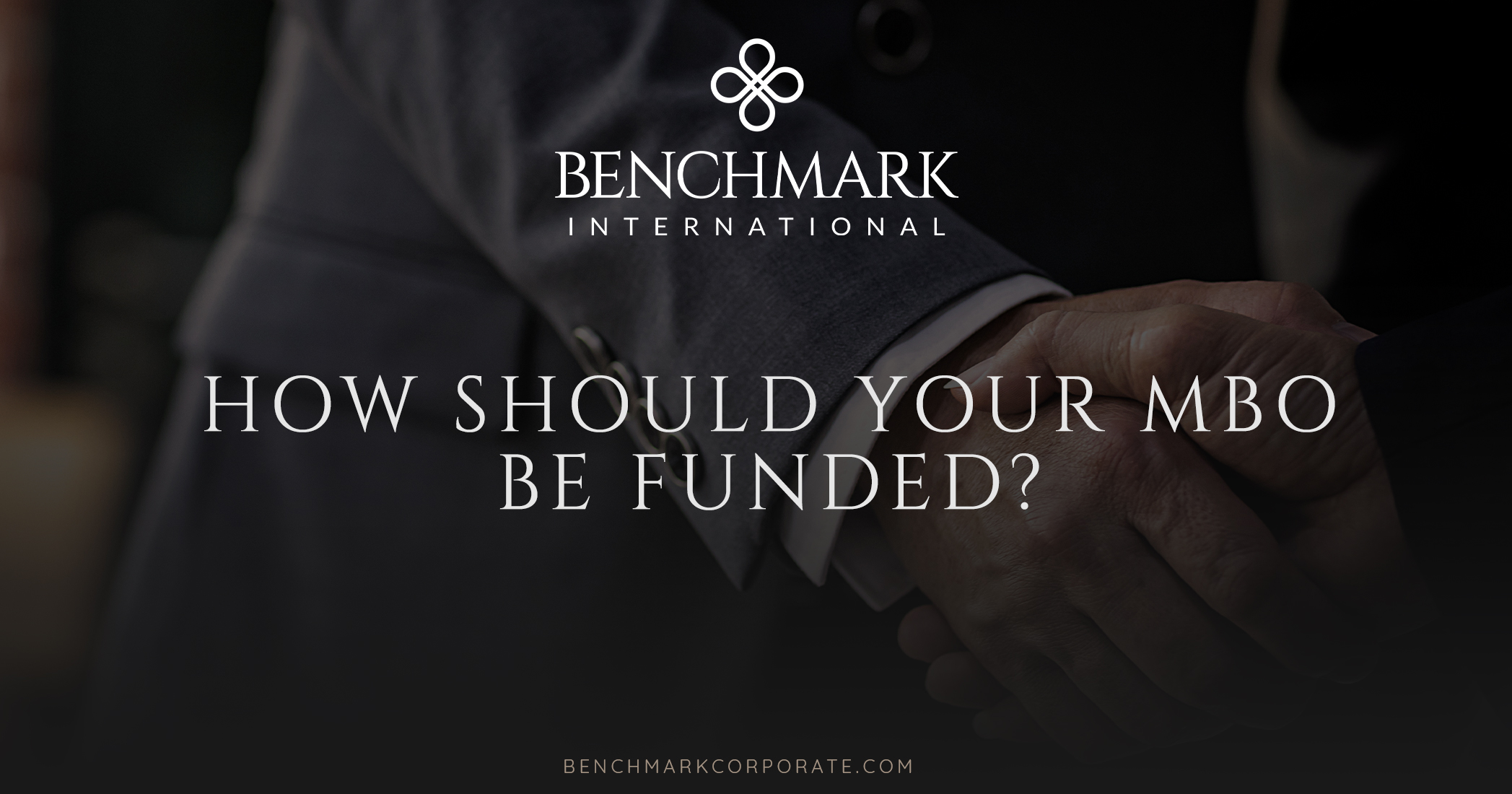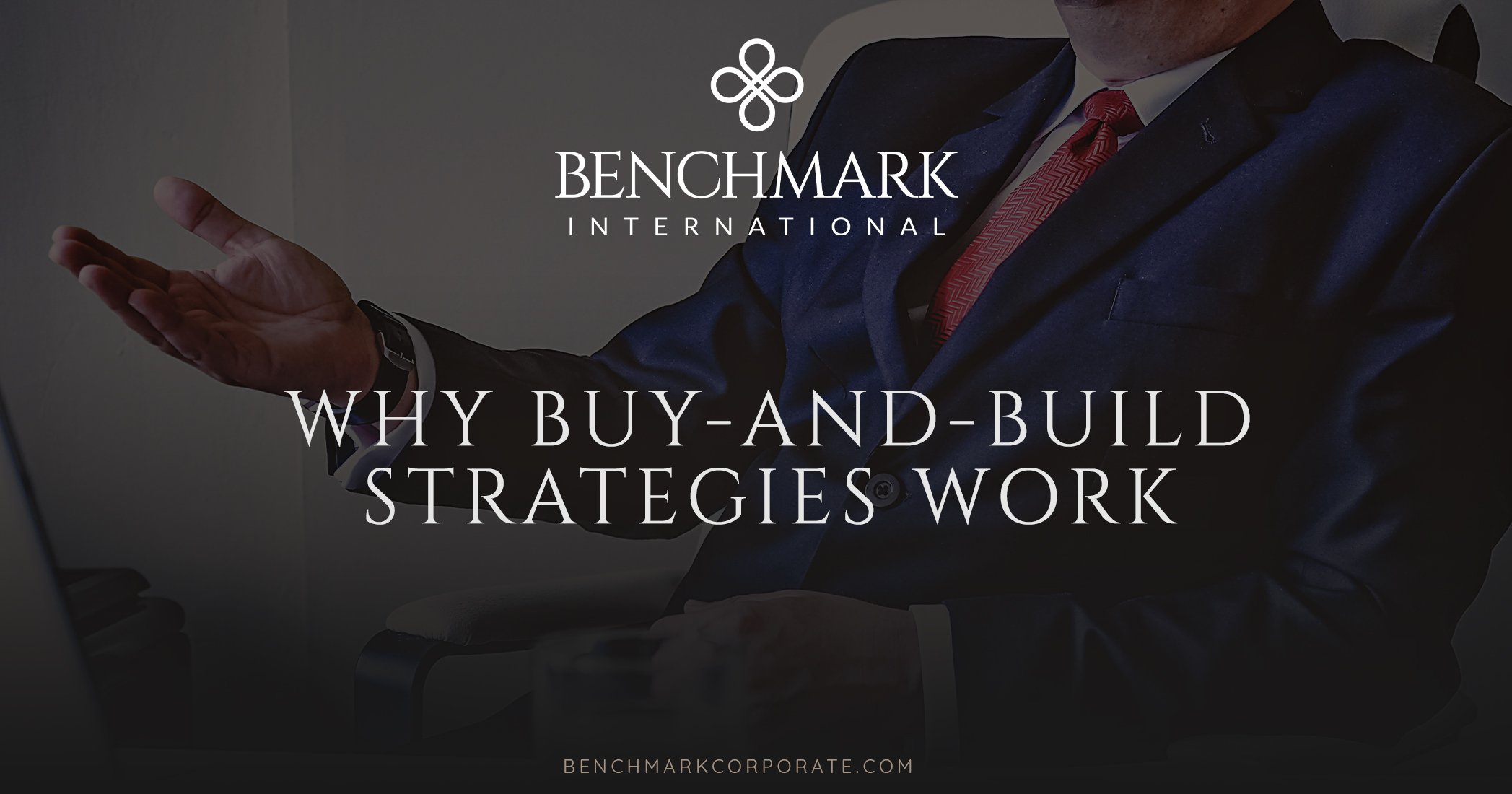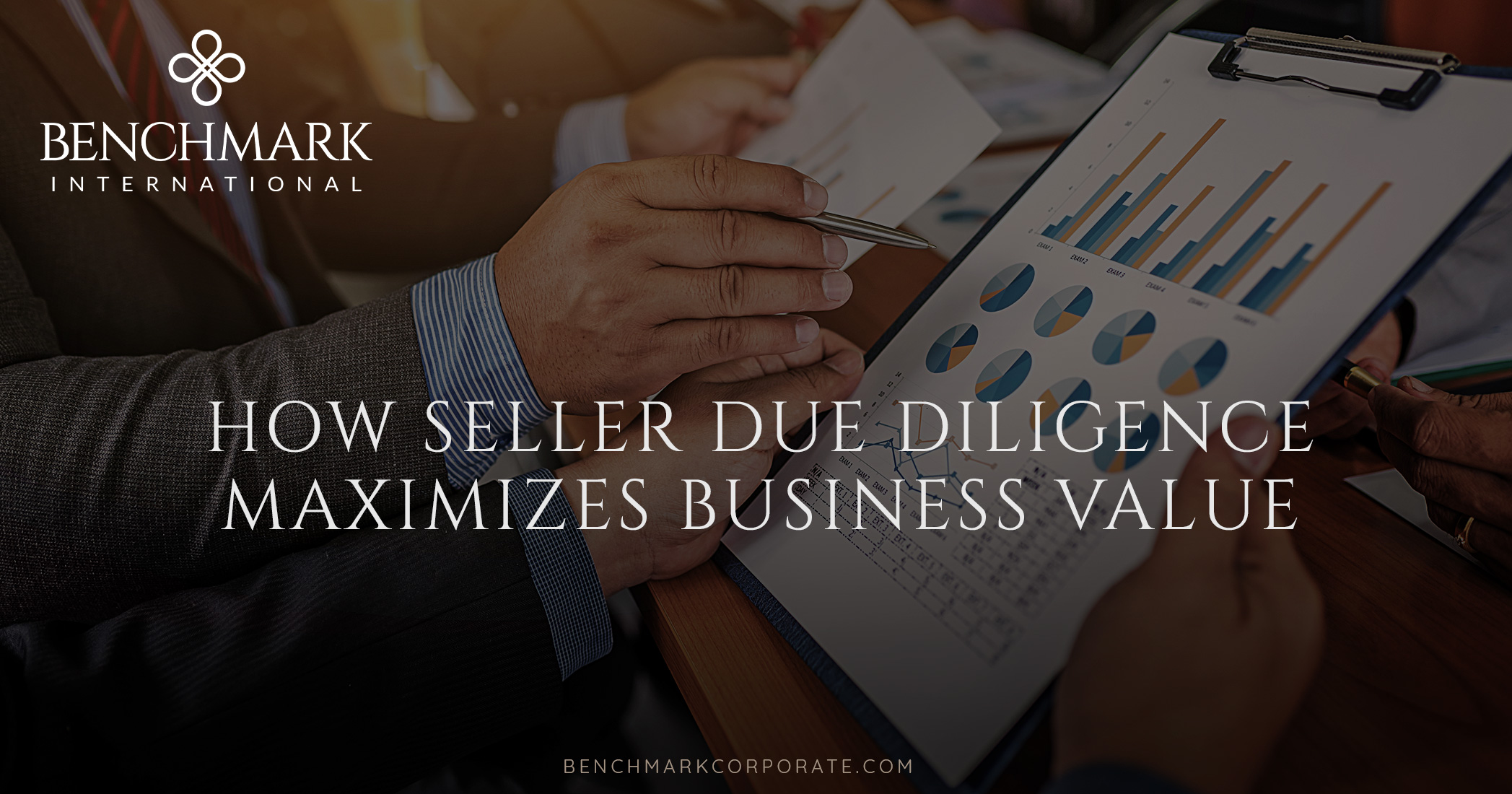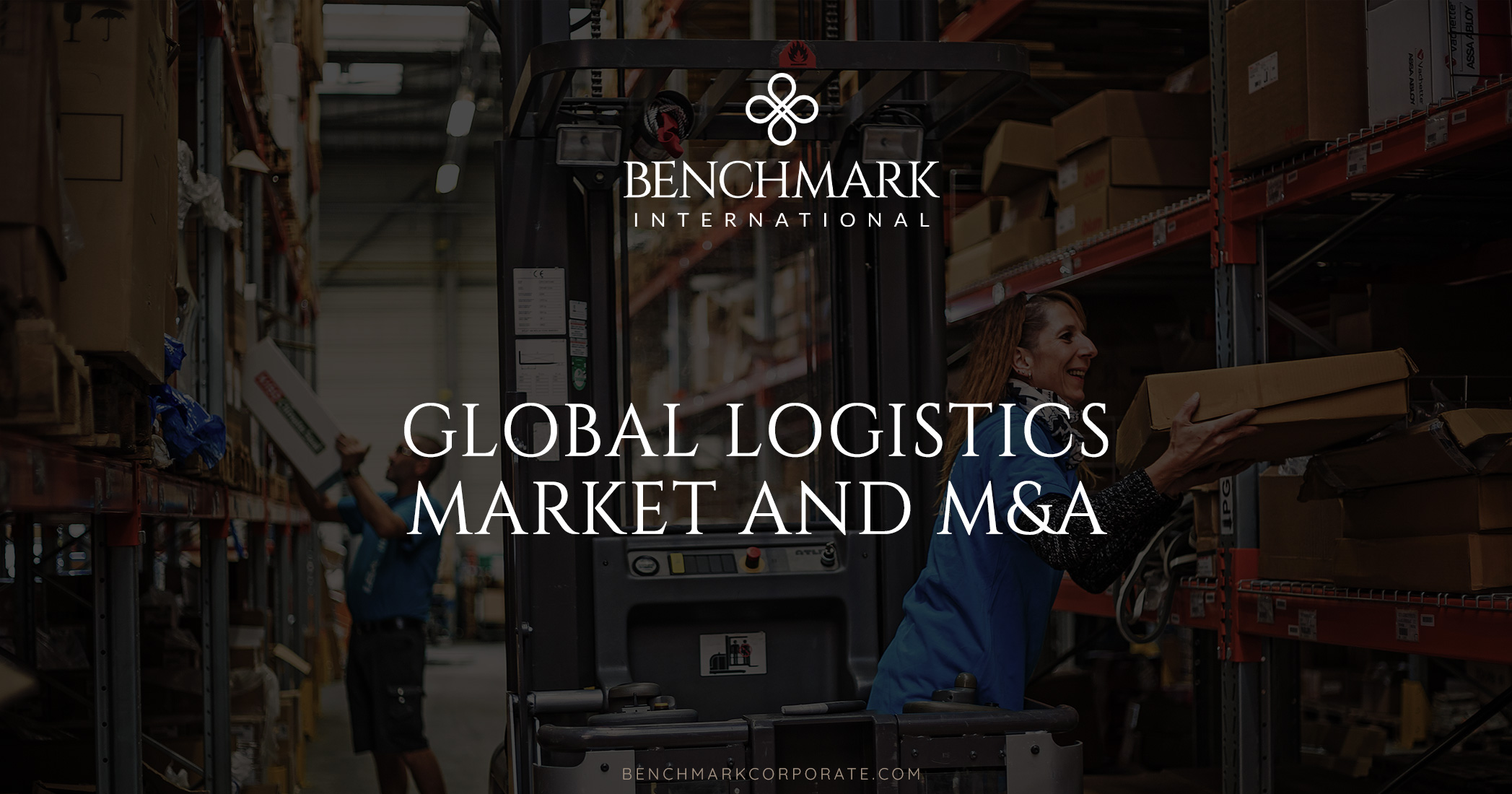At Benchmark International, we see hundreds of letters of intent (LOI), term sheets, and heads of terms every year. And though the title of the document changes from location to location, we see acquirers making the same mistakes across the globe. These mistakes cause delays, lead to good LOIs not being signed, and lead to LOIs being signed but then resulting in nothing more than blown deal costs (and angry sellers). We would like to offer a little advice from the sell-side about how to make your offers come across in the best possible light.
1. Do not include an automatic extension to the exclusivity period.
When there are no conditions on an extension other than your sole discretion, our clients see that for exactly what it is. Unless either (a) they have some veto right over any extension or (b) it kicks in only if certain material and tangible milestones have been hit, extensions cause our clients to get a bit suspicious of the other terms in the LOI. Its one of the easiest clauses for an M&A novice to understand so if they feel weary of that clause, you can imagine the effect it has on their reading of the more complex sections.
2. Do include a sources and uses of funds table.
Missing the table is problematic for a few reasons. Our clients often have a hard time following the complexity of a structured offer and the table can clear up some things for them. In addition, when the client is rolling over an interest and you are using the target company (or newco) to undertake the acquisition debt, a clear picture of the debt is necessary to ensure the rollover is correctly valued and, more importantly, for us to best explain to our clients the magic of leverage. Our clients tend to be less comfortable with debt than you are. When they learn later in the process that the company will be taking on large amounts of debt, it serves no one's interests for them to feel they have been left out in the dark or that they are suddenly facing a riskier proposition than they thought—even when they are not going to retain any interest in the business.
3. Do not get too specific on the net working capital when the closing date is not yet known.
Our clients' business' have seasonality. Most of them don't have the same working capital in June that they have in October. With a two, three or even four-month window for the closing date, setting the target at the time of LOI is a recipe for disaster. Most acquirers have an adequate enough understanding of our client's business at the time of presenting an LOI to allow them to set the balance sheet line items to be included in the definition. But setting an amount causes extra pains both when trying to get the LOI signed and later if the closing date moves.
4. Put the total purchase price in the first paragraph.
Sellers look for the headline number. Why not put your best foot forward? Starting off with a nice sentence or short paragraph outlining the total benefit to be received by the sellers is a great way to get the momentum rolling for the offer. It is surprising how many acquirers do not put their best foot forward in this way.
5. Avoid being too specific on indemnification and other legal terms.
Sellers like our clients do not want to engage legal counsel at the time your LOI arrives. When an LOI comes in with the baskets, caps, timing limitations of indemnification and the list of the fundamental reps, our clients either (a) feel inclined to engage legal counsel—which slows everything—or (b) later hear from their counsel that they should not have agreed to such terms in the LOI, prior to engaging counsel. These extra details create a lose-lose proposition.
6. Send the offer to the broker first, not the client.
The error rate on sellers reading LOIs in the dark is astronomically high. Let us give your offer a read and come back to you with anything we think our client will misunderstand. As this is such an emotional and important process for sellers like ours, it can be difficult to get them unstuck from a misreading of your offer. It's best to do whatever is possible to get them started in the right frame of mind and we can (and are motivated to) help you ensure that happens. After we have had a chance to give it a once-over with our professional eye and provide some feedback, feel free to send it directly to the seller if that is important to you.
READ MORE >> Benchmark International
Benchmark International  Benchmark International
Benchmark International 


